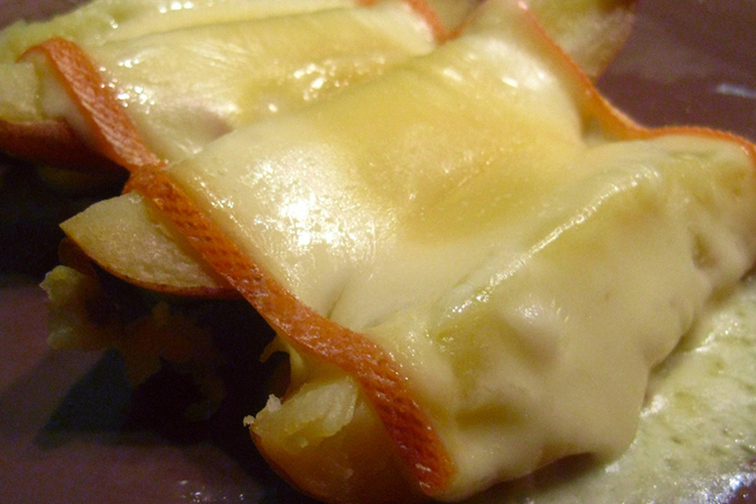Blog
Melting Cheese- How Does It Work?
Everyone loves hot, gooey, cheesy heaven- be it America’s favorite grilled cheese, the melty delight which is fondue or even just that sprinkle of cheese you melt over your favorite casserole. Along the way, you may have tried different cheeses and enjoyed their different textures and delicious flavors, but you also may have noticed that some of those delightful cheeses don’t turn smooth and melty like others. Now just because they don’t melt very well, doesn’t mean we love them any less, they are just better for other uses. You might have wondered why your cheese doesn’t melt very well and what to look for in cheese to know whether it melts or not so here is some information to help you along the way.

The most important thing you need to know when it comes to melting cheese is that melting is all to do with the fat. The ratio between the water and the fat in the cheese is really what determines how well the cheese is going to melt. So with that, a cheese which is higher in moisture is usually a lot better to melt than a drier one. The reason for this is because of the structure of the protein. The protein keeps the fat and water separated and it is looser in high moisture cheeses as opposed to dry ones which are a lot more rigid.

So, with this knowledge, when heat is applied to most cheeses, the fat globules go from solid to liquid which is when the cheese starts becoming that yummy, gooey consistency. When it comes to the protein, the structure loosens under the heat and again, the consistency becomes very loose and thick. It really depends on the cheese how the liquid goes, it could be very sticky or be very liquidy and drip like fondue.

This is also why age is important when it comes to cheese. For fresh cheese, they don’t have a maturity level which makes their proteins very tightly wound up. When they age a little, the proteins begin to loosen up, creating a more open matrix. This matrix is flexible which helps with melting the cheese to smooth consistency without the matrix breaking. However, problems do arise when the cheese ages too much, it makes the proteins tighten up into clumps, which is why crispy cheese happens.






